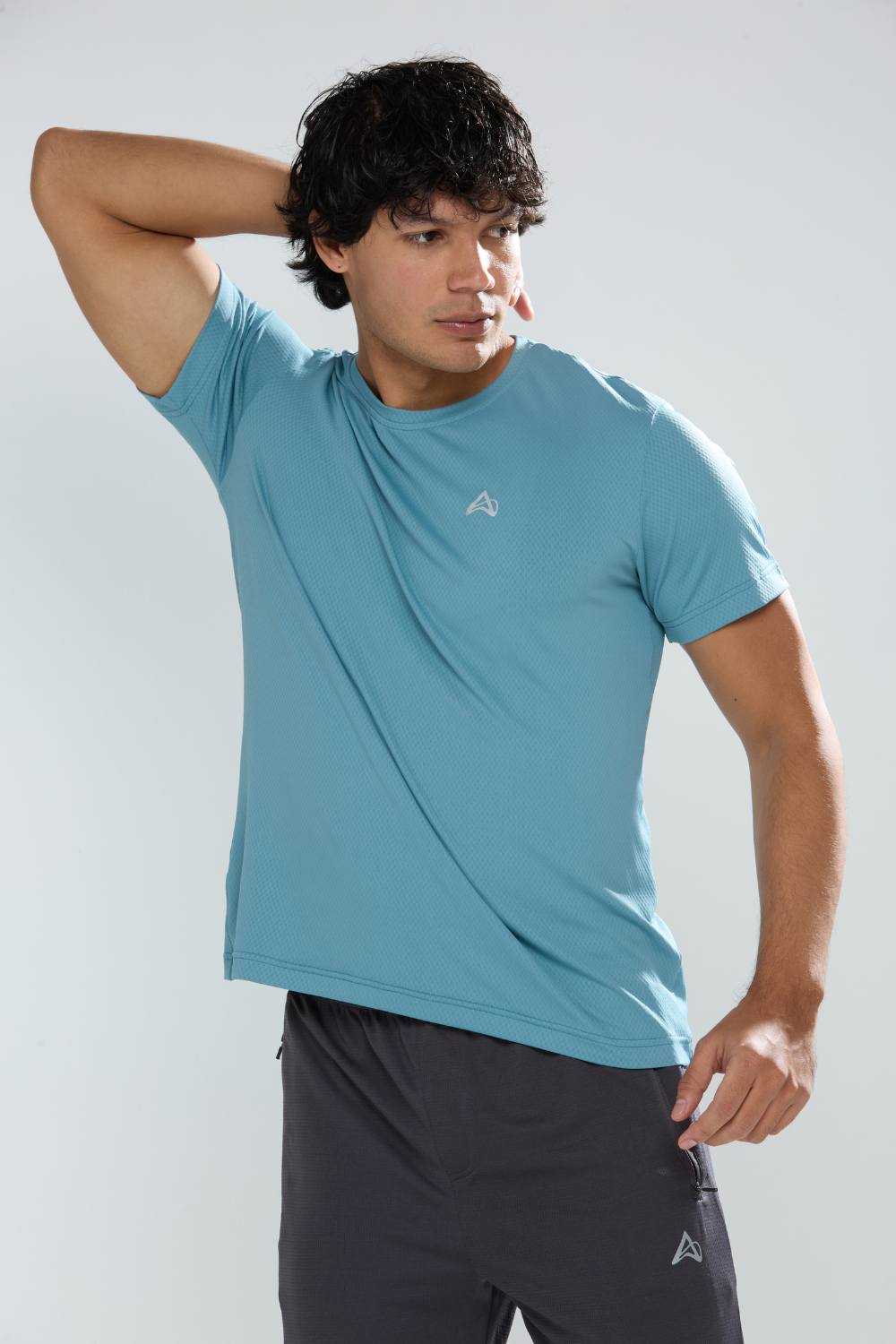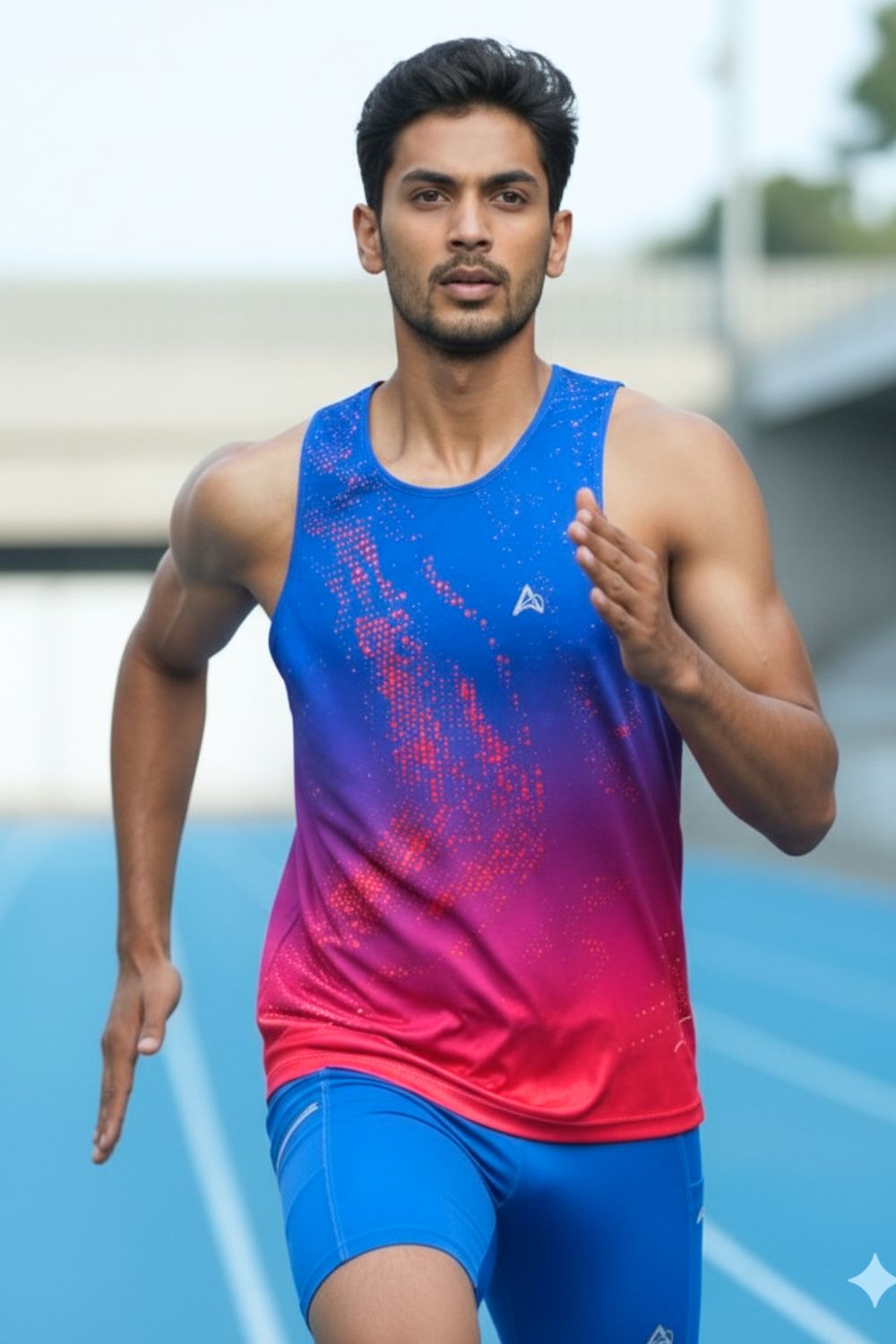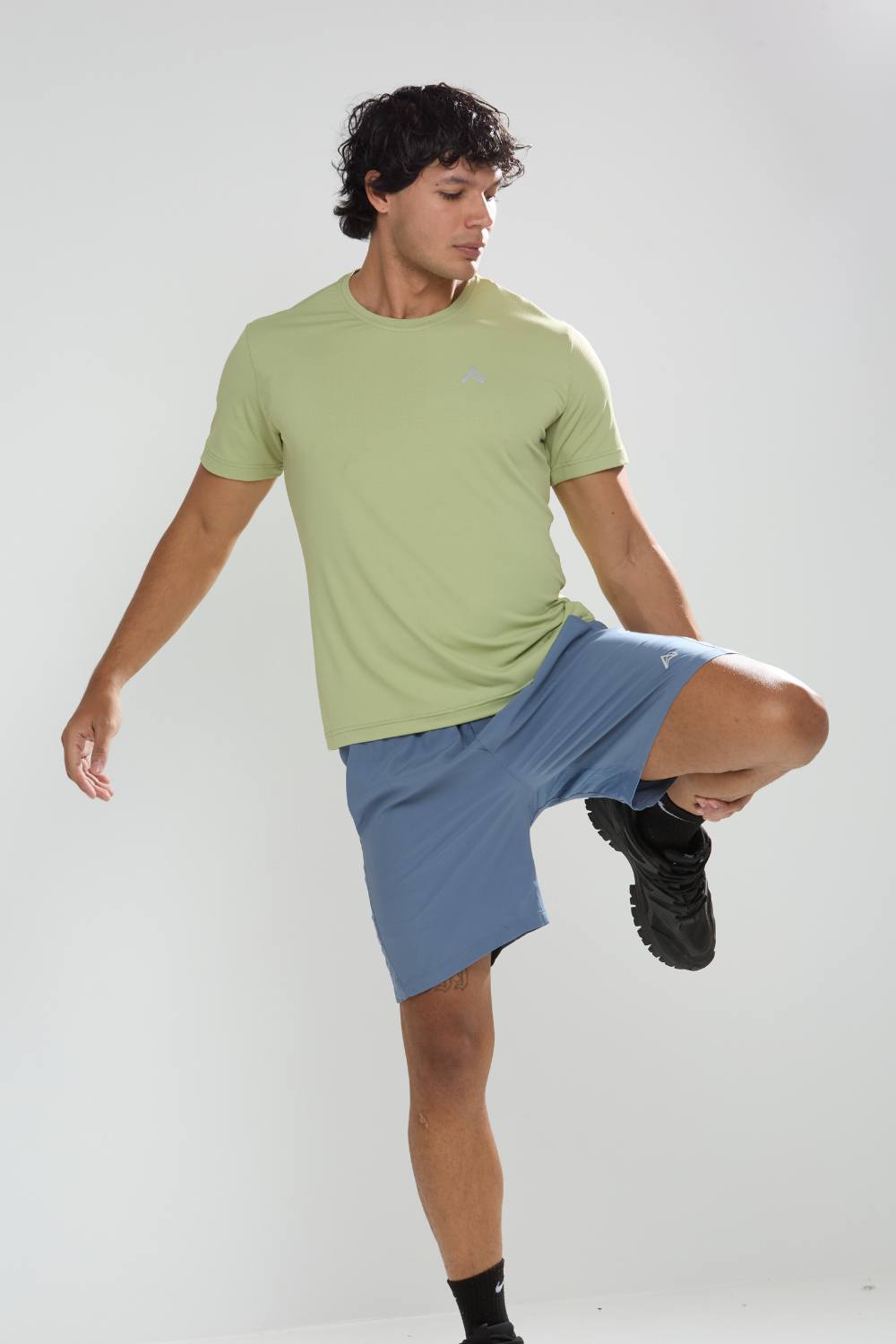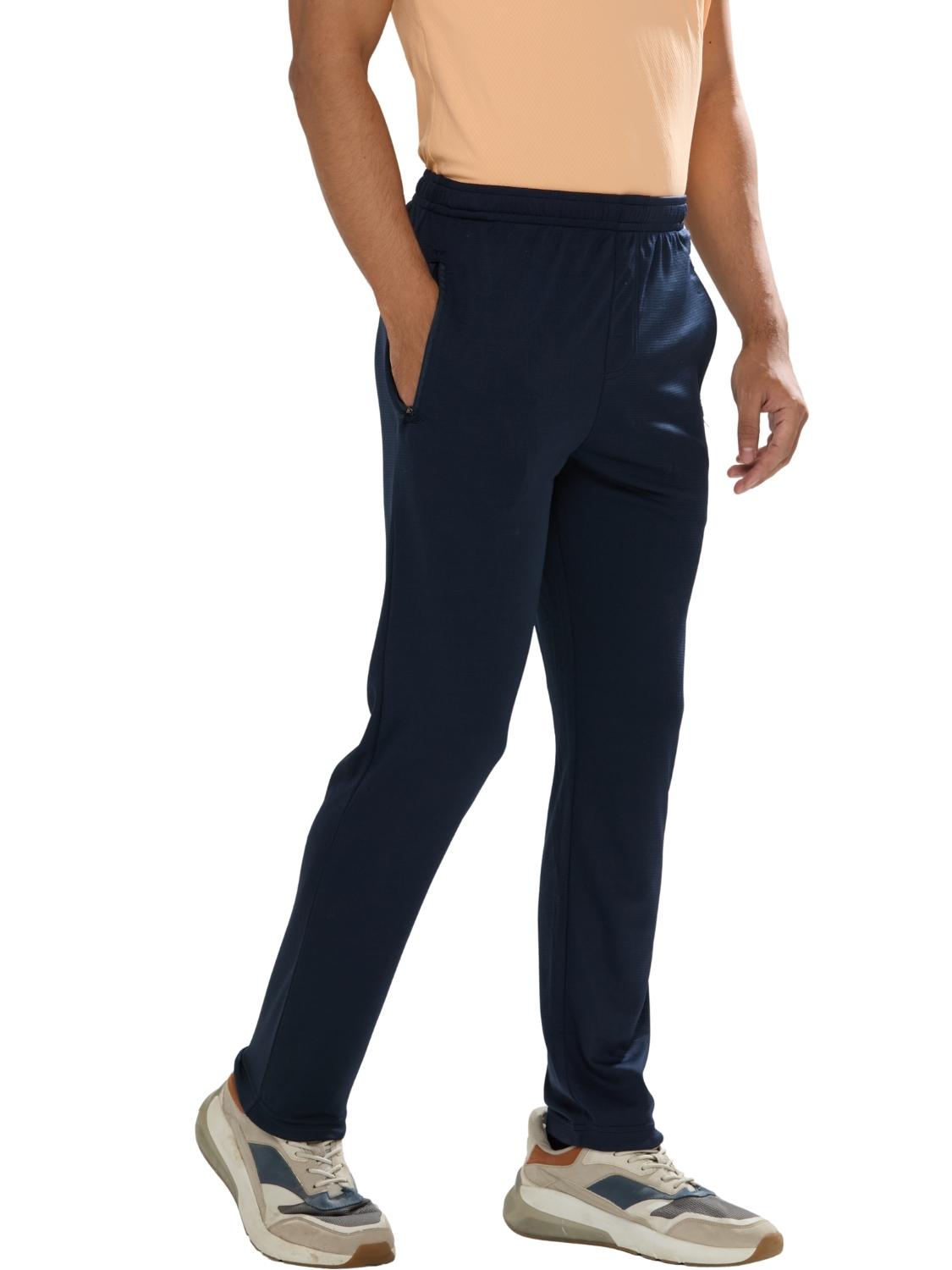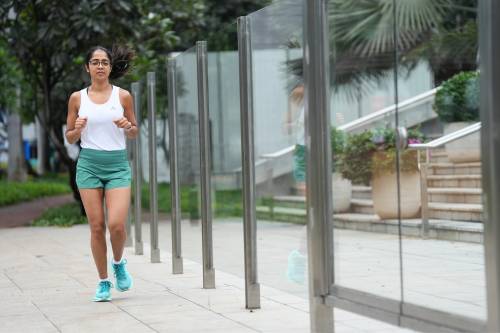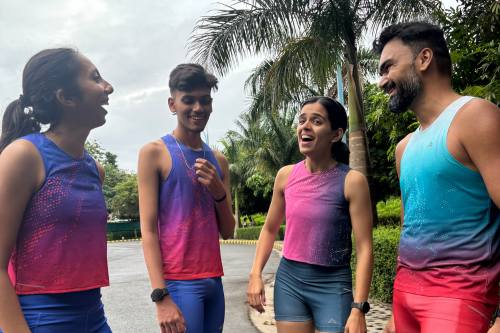Imagine a dedicated runner in the sweltering heat of Mumbai, slipping into her gear for an early dawn sprint, only to battle discomfort from shorts that ride up or a tank top that restricts her stride. This scenario plays out daily for many women in India's vibrant cities, fueling a broader call for activewear that embraces every body type without sacrificing function or style.
Activewear brands are reshaping their strategies to meet rising expectations, prioritizing inclusive sizing that delivers on performance, comfort, and genuine representation. In thriving running hubs like Bangalore and Hyderabad, women refuse to compromise on ill-fitting singlets or chafing shorts during endurance sessions. Their voices are driving industry evolution, compelling companies to innovate and adapt.
Tired of gear that slows you down? Chafing, soggy fabrics, and missing pockets kill your run's momentum. At Aguante, we're runners who get it. Our high-performance activewear features moisture-wicking fabrics, ergonomic designs, and smart storage to keep you focused. Shop Now!
Why Inclusive Sizing Matters in Activewear
The drive toward inclusivity in fitness clothing stems from a fundamental need for equity. For years, women with varied body shapes have been marginalized by limited sizing options that favor a narrow, idealized silhouette. Yet, as participation in activities like running, yoga, and strength training surges among women, the call for apparel that fits all has intensified, transforming the market landscape.
This transformation is evident in the global women's activewear market, which stood at 31.4 billion USD in 2024 and is forecasted to expand to 60 billion USD by 2035, achieving a compound annual growth rate of 6.06% from 2025 onward. Fueled by heightened awareness of health and wellness, more women are engaging in sports and outdoor pursuits, creating demand for items like running t-shirts, half tights, and tank tops that offer seamless comfort. In India's bustling urban fitness scenes, from Pune to Delhi, this means a growing appetite for gear that supports diverse physiques without hindering movement.
The plus-size clothing sector intersects closely with activewear's progress, highlighting untapped potential. Estimated at 323.24 billion USD in 2024, it is poised to climb to 412.39 billion USD by 2030, advancing at a 4.1% CAGR. North America commands a dominant 43.97% revenue share, with the U.S. contributing 82% of that region's total. Meanwhile, Asia Pacific emerges as the swiftest-growing area at 5.2% CAGR, opening avenues in locales like Mumbai and Ahmedabad. Body positivity initiatives are redefining perceptions, urging the creation of fitness apparel that honors curves and promotes confidence rather than concealment.
Data underscores the urgency: Around 67% of American women wear size 14 or larger, but retail availability often falls short. In India, parallel frustrations surface in online communities on Instagram and Facebook, where runners recount returning mismatched running shorts for women or hunting for better options on marketplaces such as Myntra and Amazon. This mismatch not only frustrates consumers but also contributes to a 40% online return rate driven by fit problems, emphasizing the economic imperative for broader sizing.
Emerging Trends in Activewear Sizing
Traditional approaches to sizing are being overhauled as brands abandon restrictive norms. Many now extend offerings from XXS to 6XL, weaving body-positive narratives into their marketing to reflect authentic diversity. Envision promotional visuals of varied runners conquering Surat's rugged paths or Gurugram's urban tracks, inspiring broader participation.
Technological advancements are pivotal in this shift. Tools like 3D body scanning and AI-powered fit predictors enable customers to preview how a running singlet for men or a tank top for women aligns with their form. These innovations curb the high return rates plaguing e-commerce, while in the plus-size domain, synthetic fabrics valued at 76.3 billion USD in 2024 are expanding at 5.9% CAGR, valued for their elasticity and sweat-management capabilities crucial to activewear.
Social platforms amplify momentum. On YouTube and Instagram, influencers spanning Navi Mumbai to Bangalore showcase workouts in size-inclusive outfits, gathering input that refines sizing protocols. This dialogue has sparked features like adjustable bands in running half tights, tackling ergonomic concerns head-on.
Social movements further propel change. The fusion of wellness inclusivity and diversity campaigns pressures brands to feature all body types in advertising. Globally, sentiments like the 65% of UK adults prioritizing size variety in promotions echo worldwide, fostering a more welcoming fitness environment.
Real-World Examples & Case Studies
Industry leaders are spearheading inclusivity. Nike and Adidas have broadened their lines, with campaigns emphasizing capability over aesthetics. Nike, for example, provides sizes up to 4X, allowing runners universal access to ventilated running t-shirts for men.
In India, emerging brands are catalyzing local change. Aguante, founded in 2018 by runners for runners, specializes in performance-driven apparel including singlets, shorts, and track pants. Engineered for India's challenging climates intense heat, high humidity, and variable landscapes their products incorporate moisture-wicking materials, reflective accents for safety, and ergonomic designs. What sets Aguante apart is its meticulous attention to runner essentials: non-bouncing secure pockets, chafe-resistant linings, and athlete-tested fits that ensure unrestricted motion. Priced accessibly and rooted in local innovation with global standards, Aguante reaches customers via Amazon and Myntra, offering nationwide free shipping, secure transactions, and a 14-day return window. This empowers women in Hyderabad and Pune to pursue endurance goals without distractions, aligning with values of innovation, integrity, and social accountability.
Similar efforts from brands like BlissClub involve testing expanded sizes to cater to India's expanding female fitness demographic. E-commerce leaders enhance discoverability, simplifying searches for running tshirts for women that truly suit. Direct-to-consumer approaches excel, with Aguante leveraging Instagram insights to refine products based on community input.
On the international front, partnerships highlight advancements. Adidas's 2022 collaboration with 11 Honoré introduced plus-size collections, such as corset sports bras from 1X to 4X, broadening choices and cultivating allegiance among overlooked segments.
Challenges and Limitations
Scaling inclusivity presents obstacles. Adapting materials to preserve elasticity and resilience across sizes escalates expenses. In plus-size sportswear, growth at a 4.4% CAGR complicates stock handling with increased variants.
Production barriers are formidable. Designers like Karoline Vitto struggle to secure pattern makers for extended sizes, often turning to internal manufacturing that's tough to expand. Factory minimums burden smaller operations, and antiquated grading methods hinder accommodations for diverse proportions.
A disconnect persists between promotional promises and actual inventory, undermining credibility. In some regions, societal biases against body diversity in athletics impede progress. Indian brands must navigate these while maintaining affordability, as Aguante does with its thoughtfully priced, terrain-specific offerings.
Opportunities and Business Impact
These hurdles, however, unveil prospects. Inclusive approaches access previously ignored demographics, with the global plus-size market at 119.4 billion USD in 2024, projected to hit 202.4 billion USD by 2034 at 5.5% growth. The women's portion claims 48.4% share, advancing at 6%.
For entities like Aguante, this translates to enhanced devotion. Providing specialized runner innovations like running shorts tailored for Indian routes at reasonable costs builds lasting patronage. Online advantages, including precise fit tools and hassle-free returns on Amazon, convert casual visitors into loyal advocates.
In Asia-Pacific, pioneers can lead. With escalating interest in Surat and Ahmedabad, brands emphasizing sustainability and inclusivity distinguish themselves, elevating retention and competitive positioning.
Expert Insights & Future Outlook
Forward-thinking suggests personalization will revolutionize sizing. AI and adaptable modules might allow custom adjustments to running tank tops, curbing excess and promoting efficiency. Sustainability integrates seamlessly, pairing inclusivity with green fabrics.
Specialists advocate for R&D investments and community collaborations. Indian firms can hone products by engaging Instagram running influencers, such as those at barefoot_coach_shanth_koushik or fit_kaur23. The plus-size arena might approach a trillion dollars soon, escalating from 601.7 billion in 2022.Aguante embodies this vision: Committed to ethical practices, it enhances every outing, demonstrating how inclusivity sparks true advancement.
Sizing Up a More Equitable Future
Inclusive sizing has transitioned from a peripheral concern to an essential benchmark in activewear. Originating from demands for superior fits, it now propels industry expansion, with women at the forefront. Adaptive brands like Aguante, with their athlete-oriented, budget-friendly solutions, transcend mere sales they cultivate a fairer fitness ethos. As we gear up for tomorrow, inclusivity promises to be the unifying pace that propels all forward.
Frequently Asked Questions
Why is inclusive sizing becoming so important in women's activewear?
Inclusive sizing in activewear addresses the fundamental need for equity, as around 67% of American women wear size 14 or larger, yet retail availability often falls short. With the women's activewear market projected to grow from $31.4 billion in 2024 to $60 billion by 2035, brands are recognizing that women with varied body shapes have been marginalized by limited sizing options. This shift is driven by increased participation in fitness activities and the demand for performance gear that fits all body types without compromising comfort or function.
How are activewear brands using technology to improve sizing and fit?
Modern activewear brands are leveraging advanced technologies like 3D body scanning and AI-powered fit predictors to help customers preview how garments will fit their specific body shape. These innovations are crucial for reducing the 40% online return rate caused by fit problems, particularly in e-commerce. Additionally, synthetic fabrics valued at $76.3 billion in 2024 are being developed with enhanced elasticity and sweat-management capabilities, making them ideal for size-inclusive activewear that maintains performance across all sizes.
What challenges do brands face when expanding to inclusive sizing in sportswear?
The main challenges include increased production costs due to adapting materials to preserve elasticity across extended size ranges, and manufacturing barriers such as finding skilled pattern makers for larger sizes. Many brands struggle with factory minimums that burden smaller operations and outdated grading methods that don't accommodate diverse body proportions. Additionally, there's often a disconnect between promotional promises and actual inventory availability, which can undermine brand credibility and customer trust.
Disclaimer: The above helpful resources content contains personal opinions and experiences. The information provided is for general knowledge and does not constitute professional advice.
You may also be interested in: How Indian Runners Build Endurance With Proper Gear
Tired of gear that slows you down? Chafing, soggy fabrics, and missing pockets kill your run's momentum. At Aguante, we're runners who get it. Our high-performance activewear features moisture-wicking fabrics, ergonomic designs, and smart storage to keep you focused. Shop Now!
Powered by flareAI.co





